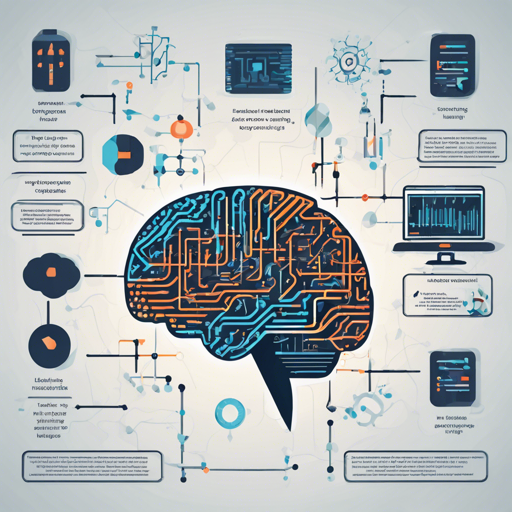In the realm of artificial intelligence, understanding machine learning and deep learning is pivotal. This article will guide you through several exciting notebooks that provide hands-on experience in building various models. Whether you’re a beginner seeking to grasp the basics or an intermediate developer looking to enhance your skills, there’s something for everyone. So, let’s embark on this journey!
The Power of Neural Networks: Iris Flower Classification
The first step in our exploration is the Iris Flower Classification notebook. Here, you’ll build a neural network model using Keras and TensorFlow. We also utilize scikit-learn’s k-fold cross-validation to evaluate our model effectively.
Diving into Image Recognition with CIFAR-10
Next, we tackle the challenge of recognizing images from the CIFAR-10 dataset. This journey is divided into three parts:
- Part I – Simple Model: Construct a basic Convolutional Neural Network (CNN) model to achieve an accuracy of 67.1%. Access it here.
- Part II – Improved Model: Enhance your model by adding more layers, achieving a higher accuracy of 78.65%. Dive into it here.
- Part III – Data Augmentation: Further improve your CNN by implementing data augmentation techniques for an impressive accuracy of 80.73%. Check it out here.
Recognizing Traffic Signs with Deep Learning
In our next stop, we focus on Traffic Sign Recognition using Deep Learning. Here, you will build a model using the German Traffic Sign Recognition Benchmark (GTSRB) dataset, achieving an accuracy of 98.4%! It’s like teaching a computer to recognize stop signs just as a driver does.
Building a Movie Recommendation Engine
Next, let’s delve into the world of recommendations. The Movie Recommendation Engine notebook employs the k-nearest neighbor algorithm. Imagine a friend who knows your taste in movies; this model does the same, suggesting films based on your preferences.
Regression Models: Predicting Outcomes
Regression models allow us to predict values based on existing data. Here are few notable regression notebooks:
- Linear Regression – Predict profits based on population data.
- Multivariate Linear Regression – Predict house prices using features like size and number of bedrooms.
Performing Sentiment Analysis
Explore people’s opinions with the Sentiment Analysis of Movie Reviews. By analyzing reviews, your model can determine public sentiment towards films—just as your friends interpret a movie’s performance from their experiences!
Exploring Unsupervised Learning and Autoencoders
Unsupervised learning helps us draw insights from unlabelled data. Delve into the Unsupervised Learning notebook for a hands-on experience.
Meanwhile, the Autoencoders using Fashion MNIST demonstrates image classification by compressing and reconstructing data.
Other Notable Projects
- Logistic Regression – Build a model to predict binary outcomes.
- Fuzzy String Matching – Learn to compare and assess the similarity between strings.
- Spam Email Classification – Develop a model to filter spam emails.
- Customer Churn Prediction – Predict customer retention risks—still in progress!
- Predicting Credit Card Approvals – Analyze credit card application data for decision-making.
Troubleshooting Tips
As you explore these notebooks, you may encounter challenges. Here are some troubleshooting ideas:
- If you run into installation issues, ensure your Python environment is set up correctly and that all dependencies are installed.
- For data loading errors, check the file paths and formats in your notebook.
- If your models don’t perform as expected, consider tuning hyperparameters, analyzing data quality, or increasing the training dataset.
For more insights, updates, or to collaborate on AI development projects, stay connected with fxis.ai.
At fxis.ai, we believe that such advancements are crucial for the future of AI, as they enable more comprehensive and effective solutions. Our team is continually exploring new methodologies to push the envelope in artificial intelligence, ensuring that our clients benefit from the latest technological innovations.
Conclusion
In conclusion, these notebooks provide a gateway to understanding the captivating world of machine learning and deep learning. With practice and experimentation, you’re on your way to becoming a capable AI model builder. Happy coding!

